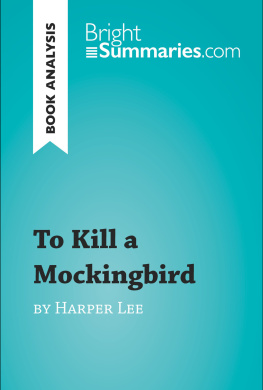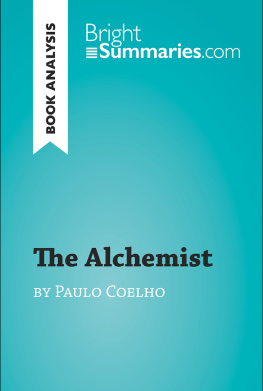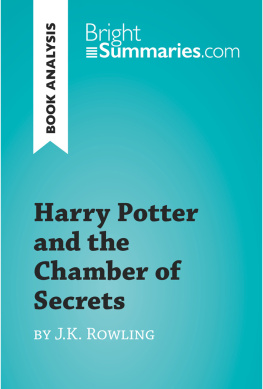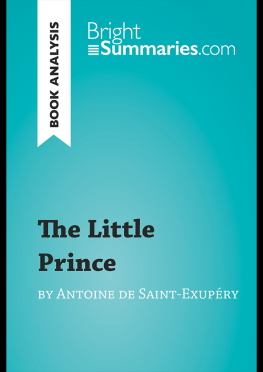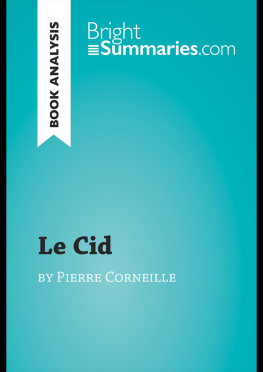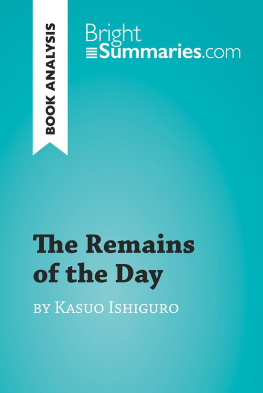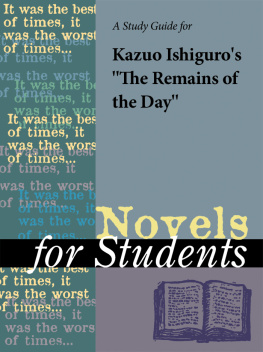Bright Summaries - Never Let Me Go by Kazuo Ishiguro (Book Analysis): Detailed Summary, Analysis and Reading Guide
Here you can read online Bright Summaries - Never Let Me Go by Kazuo Ishiguro (Book Analysis): Detailed Summary, Analysis and Reading Guide full text of the book (entire story) in english for free. Download pdf and epub, get meaning, cover and reviews about this ebook. year: 2018, publisher: BrightSummaries.com, genre: Art. Description of the work, (preface) as well as reviews are available. Best literature library LitArk.com created for fans of good reading and offers a wide selection of genres:
Romance novel
Science fiction
Adventure
Detective
Science
History
Home and family
Prose
Art
Politics
Computer
Non-fiction
Religion
Business
Children
Humor
Choose a favorite category and find really read worthwhile books. Enjoy immersion in the world of imagination, feel the emotions of the characters or learn something new for yourself, make an fascinating discovery.
- Book:Never Let Me Go by Kazuo Ishiguro (Book Analysis): Detailed Summary, Analysis and Reading Guide
- Author:
- Publisher:BrightSummaries.com
- Genre:
- Year:2018
- Rating:5 / 5
- Favourites:Add to favourites
- Your mark:
Never Let Me Go by Kazuo Ishiguro (Book Analysis): Detailed Summary, Analysis and Reading Guide: summary, description and annotation
We offer to read an annotation, description, summary or preface (depends on what the author of the book "Never Let Me Go by Kazuo Ishiguro (Book Analysis): Detailed Summary, Analysis and Reading Guide" wrote himself). If you haven't found the necessary information about the book — write in the comments, we will try to find it.
This engaging summary presents an analysis of Never Let Me Go by Kazuo Ishiguro, a dystopian novel set in a fictionalised version of England where human clones are used for organ donation. The novel follows three of these clones, Kathy, Ruth and Tommy, as they grow up and come to realise that they have no way of escaping their fate, which will inevitably lead to their early deaths. In this way, the author reflects on mortality, the ethical limits of modern science and what it means to be human. Never Let Me Go is Kazuo Ishiguros sixth novel and, along with The Remains of the Day (for which he won the Man Booker Prize in 1989) and The Buried Giant, is one of his most widely read works.
Find out everything you need to know about Never Let Me Go in a fraction of the time!
This in-depth and informative reading guide brings you:
- Character studies
- Key themes and symbols
- Questions for further reflection
Why choose BrightSummaries.com?
Available in print and digital format, our publications are designed to accompany you on your reading journey. The clear and concise style makes for easy understanding, providing the perfect opportunity to improve your literary knowledge in no time.
See the very best of literature in a whole new light with BrightSummaries.com!
Bright Summaries: author's other books
Who wrote Never Let Me Go by Kazuo Ishiguro (Book Analysis): Detailed Summary, Analysis and Reading Guide? Find out the surname, the name of the author of the book and a list of all author's works by series.


